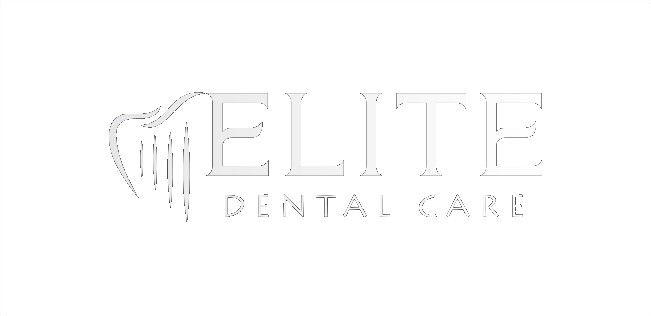Teeth whitening methods

There are 4 key methods of whitening the teeth. Based on how quickly you want to see the results and what your budget for this procedure is, you will most likely make your decision.
External in-office bleaching
External, rather than from the inside, means whitening the tooth from the outside. It’s less difficult than bleaching internally.
Your dentist will first perform an inspection with X-rays before this teeth whitening service to insure that you are a candidate.
Then a whitening substance is added. To speed up the operation, lasers and LED devices are also used.
The quickest way of whitening teeth is to go for professional bleaching. The risk of side-effects is minimised by specialist treatment. In-office whitening of teeth for sensitive teeth should always occur.
External bleaching for home application
Take-home kits are a compromise between in-office whitening of your teeth and OTC products. As the dental professional will pick the best product and change the dose, it is also a lot better than operating solely on your own.
You would need a personal test as to whether you qualify at all for bleaching. If you do, a personalised tray will be made for teeth whitening. It will suit your mouth perfectly and insure the product is coated evenly.
The remedy is going to be better than what you would find at the drugstore or online. There’s probably a set of trays and gel-filled syringes you’ll get. The kits often consist of only pre-filled trays.
As you spend less time “in the chair,” this procedure is cheaper than whitening your teeth in the clinic. This implies that for as much of their time, the dentist won’t have to be paid.
Internal bleaching
A purely clinical method of teeth whitening is internal bleaching. It must be performed by a dentist who is qualified. The treatment involves drilling and inserting a bleaching solution into a small hole inside a discoloured tooth. A temporary filling closes the hole and, as needed, the process can be repeated.
This whitening technique is intended for singular teeth that, mostly due to root canal function, have become discoloured. Necrosis (discoloured dead teeth) or intrapulpal haemorrhage are other symptoms (bleeding inside the tooth).
Internal bleaching can be done only at the clinic and up to 6 visits may be needed. It requires a lot of time for “meet, greet, and seat.”
Teeth whitening at home (OTC products)
Using whitening pens, strips, mouthwash, or toothpaste available online and at drugstores, you can whiten your teeth at home. A teeth whitening kit with a gel and LED light contains OTC products which have recently gained a lot of attention.
These teeth whitening products contain the same active ingredients, but at lower amounts, as in-office substances. After a few weeks of use, the results would be noticeable.
Alternative approaches, such as charcoal, coconut oil, and baking soda, still exist, but dentists typically warn against them.
The downside to whitening your teeth outside the workplace is that it is more likely to have side effects such as sensitivity and gum irritation. Strips and other applicators are intended to be universal, which ensures that the coverage would not be the same as a dentist’s tray.



